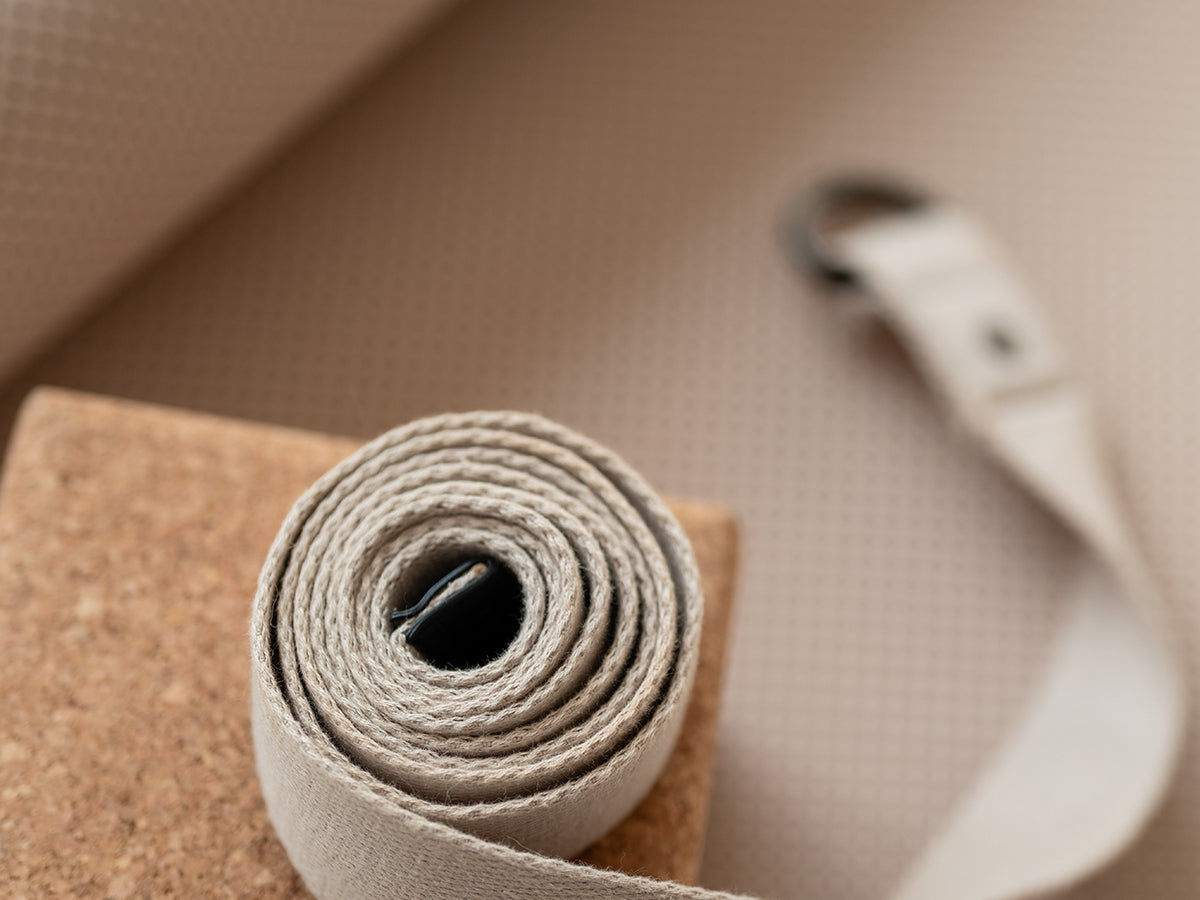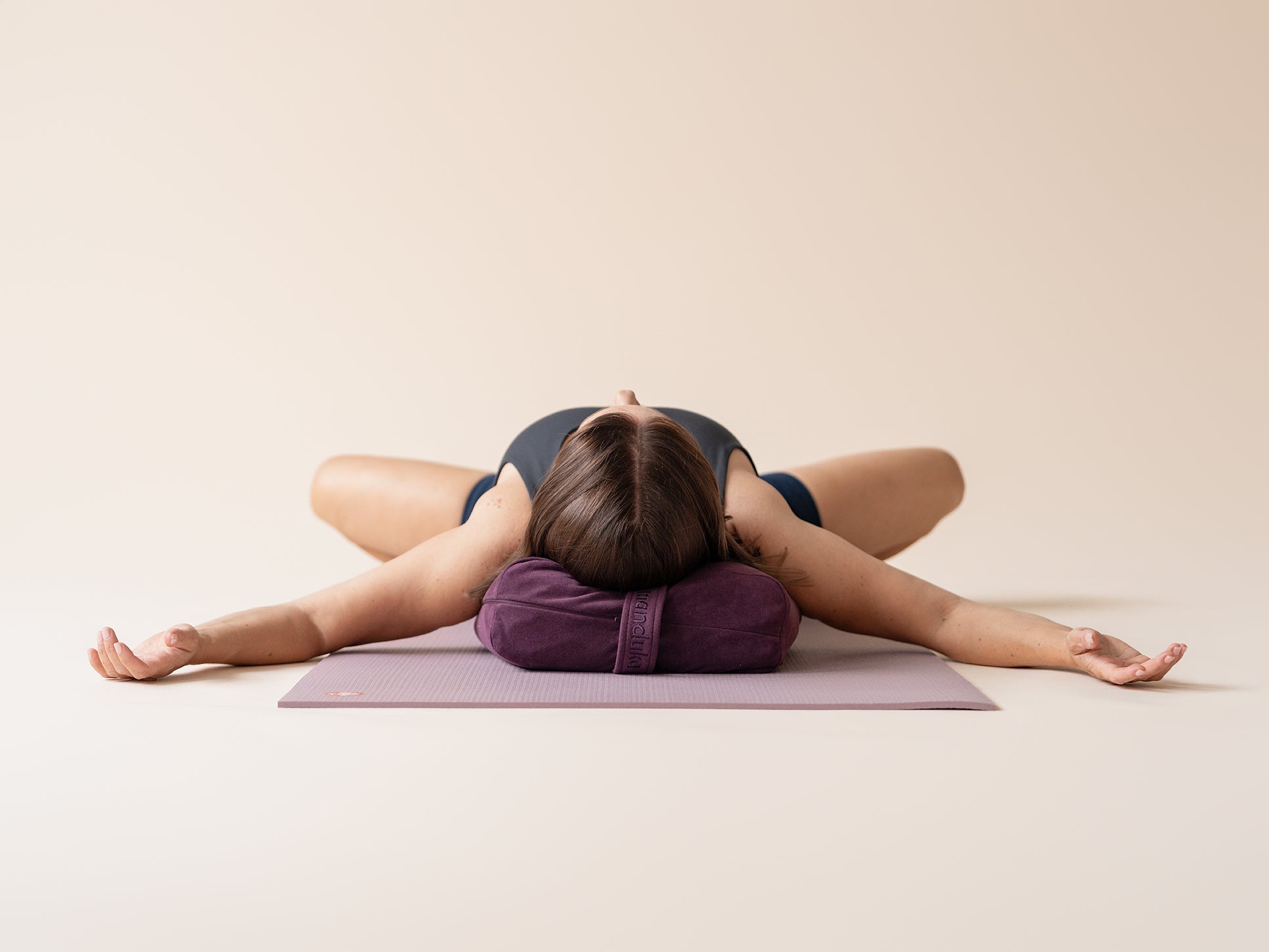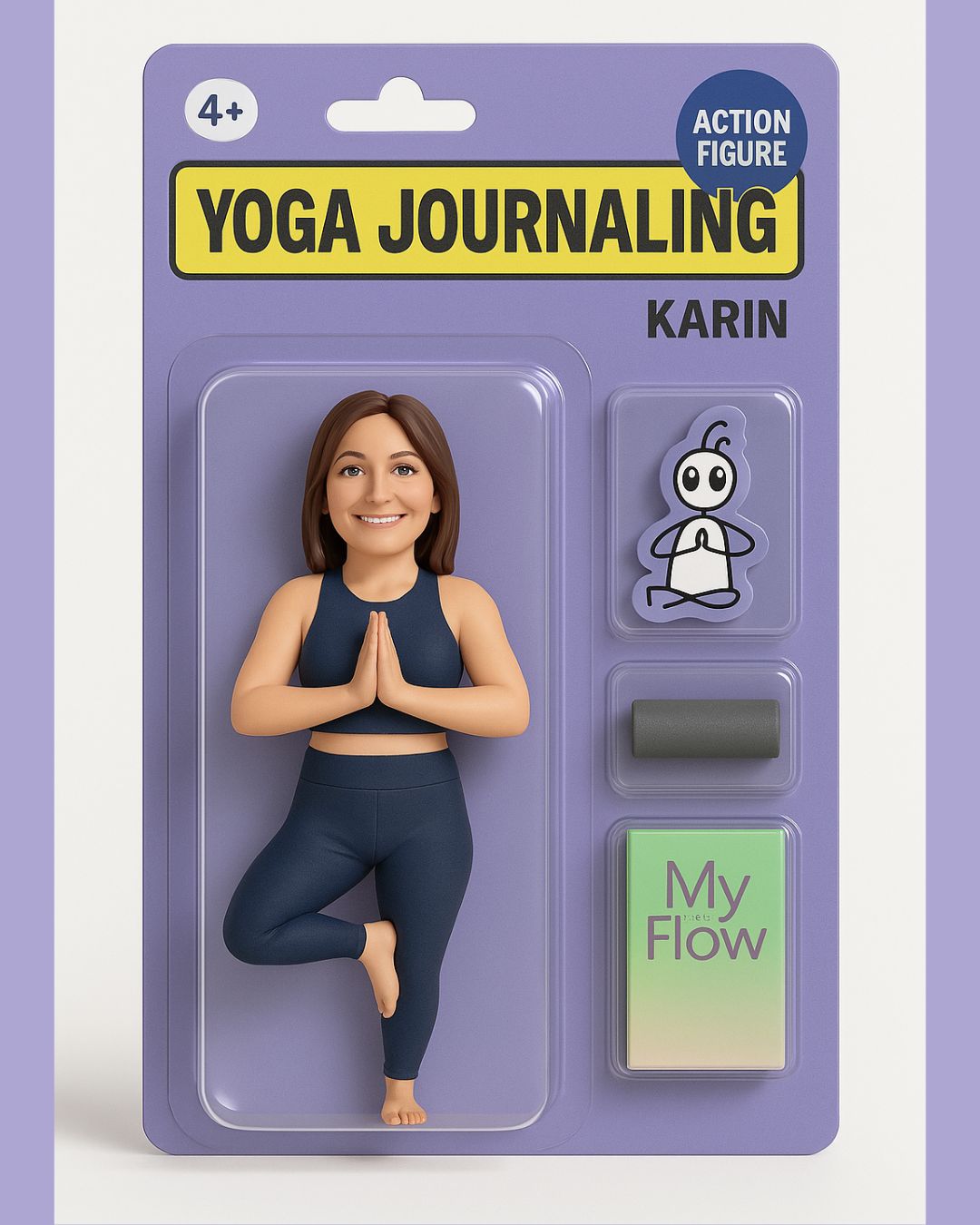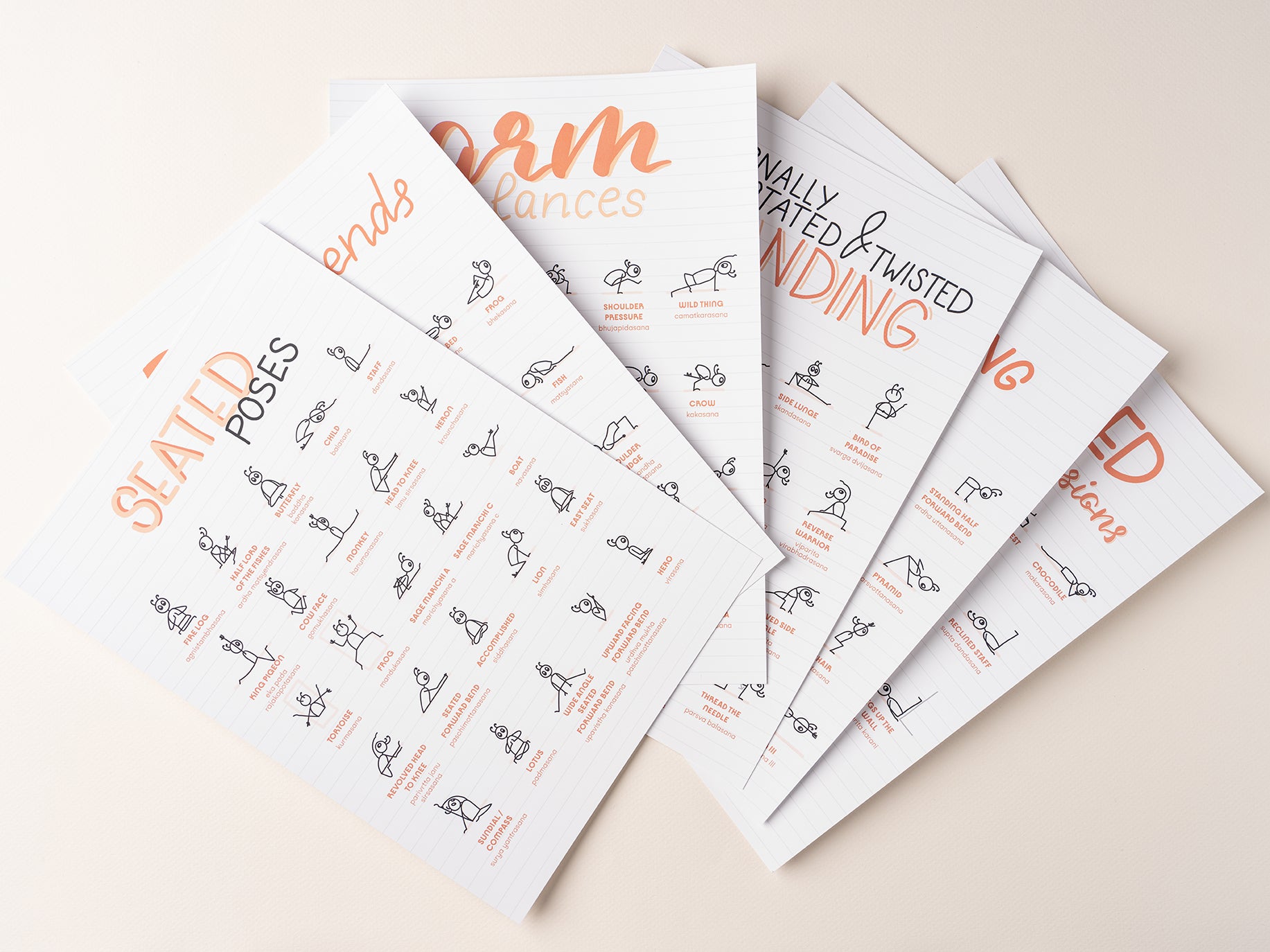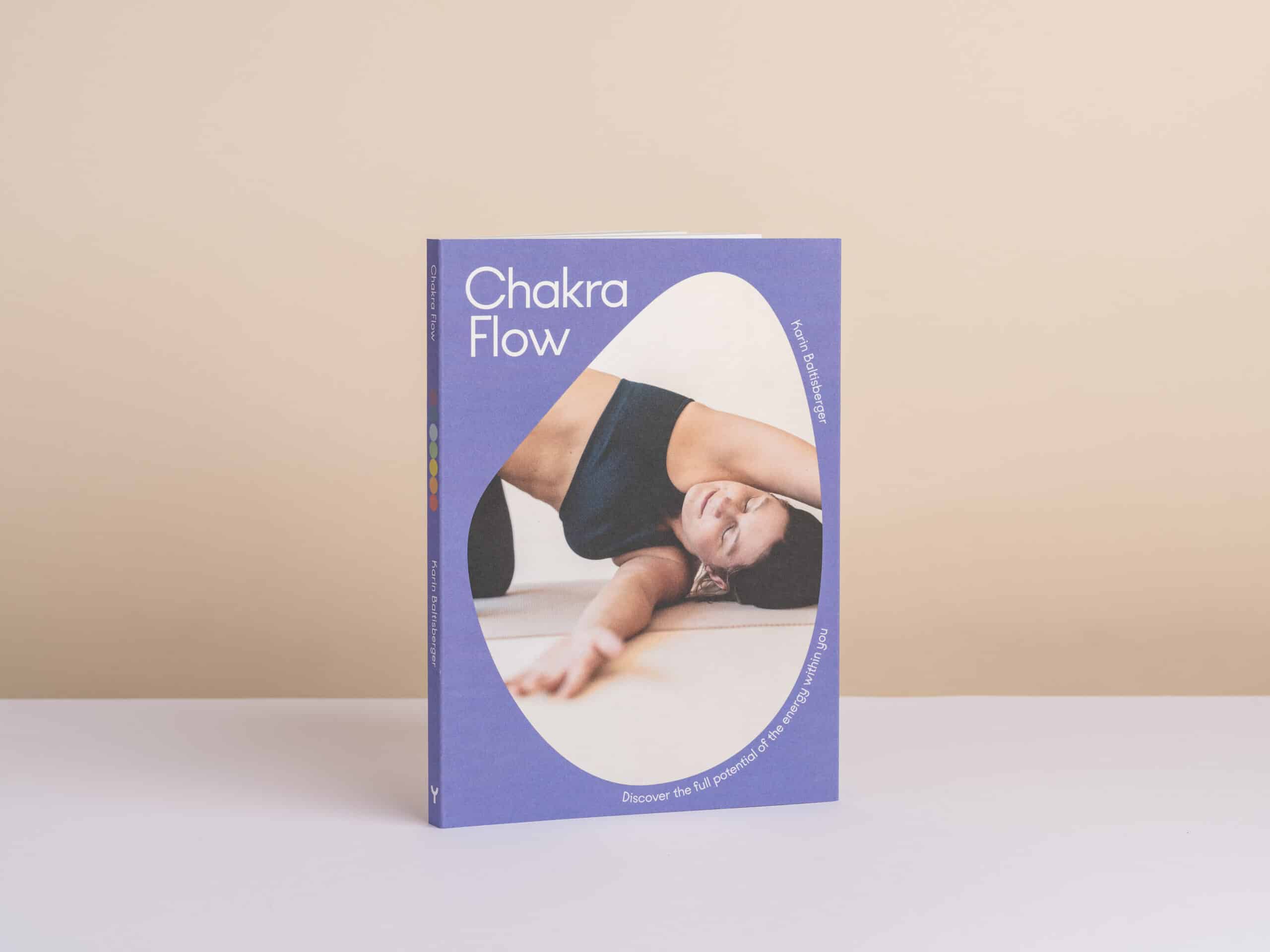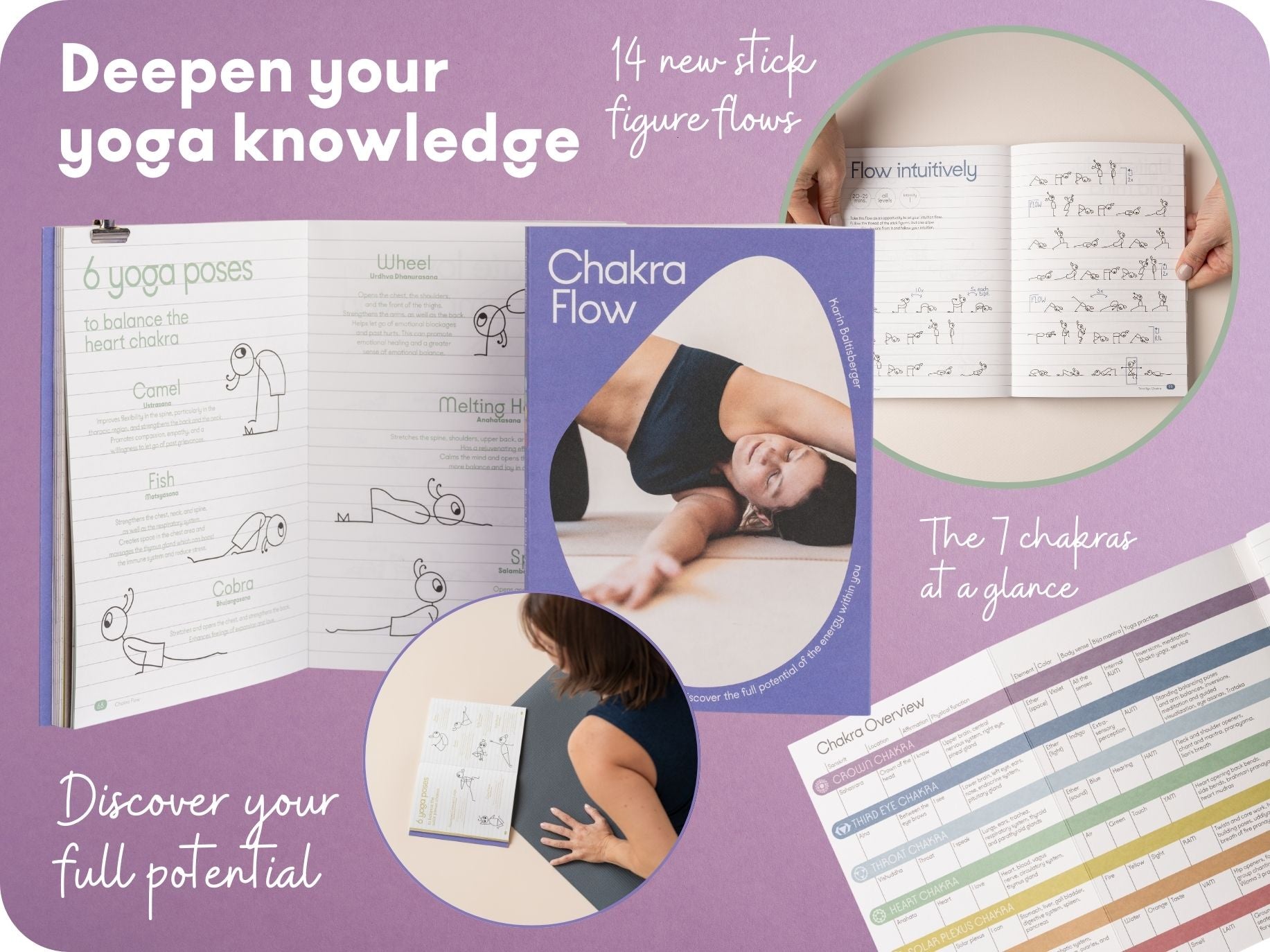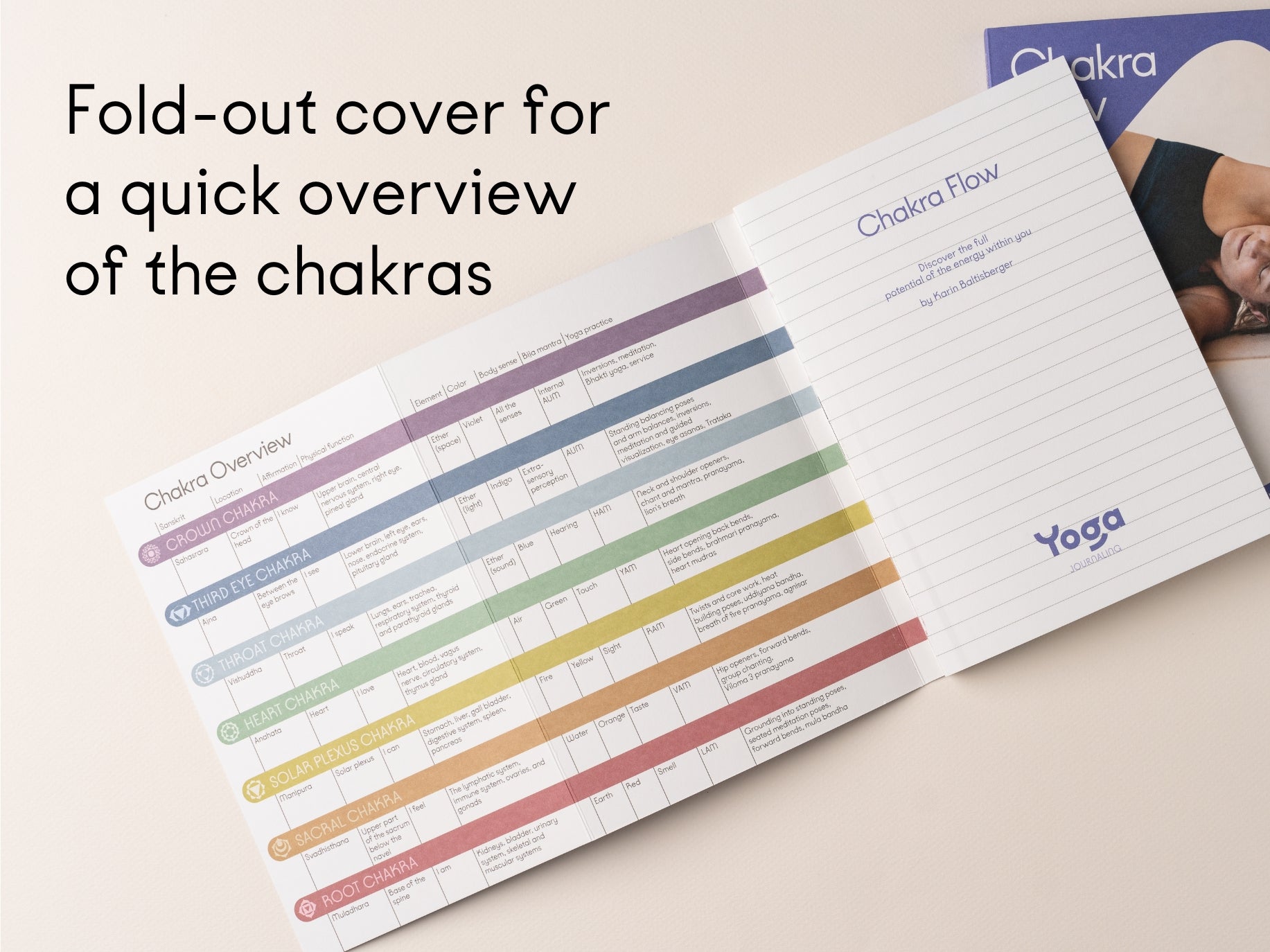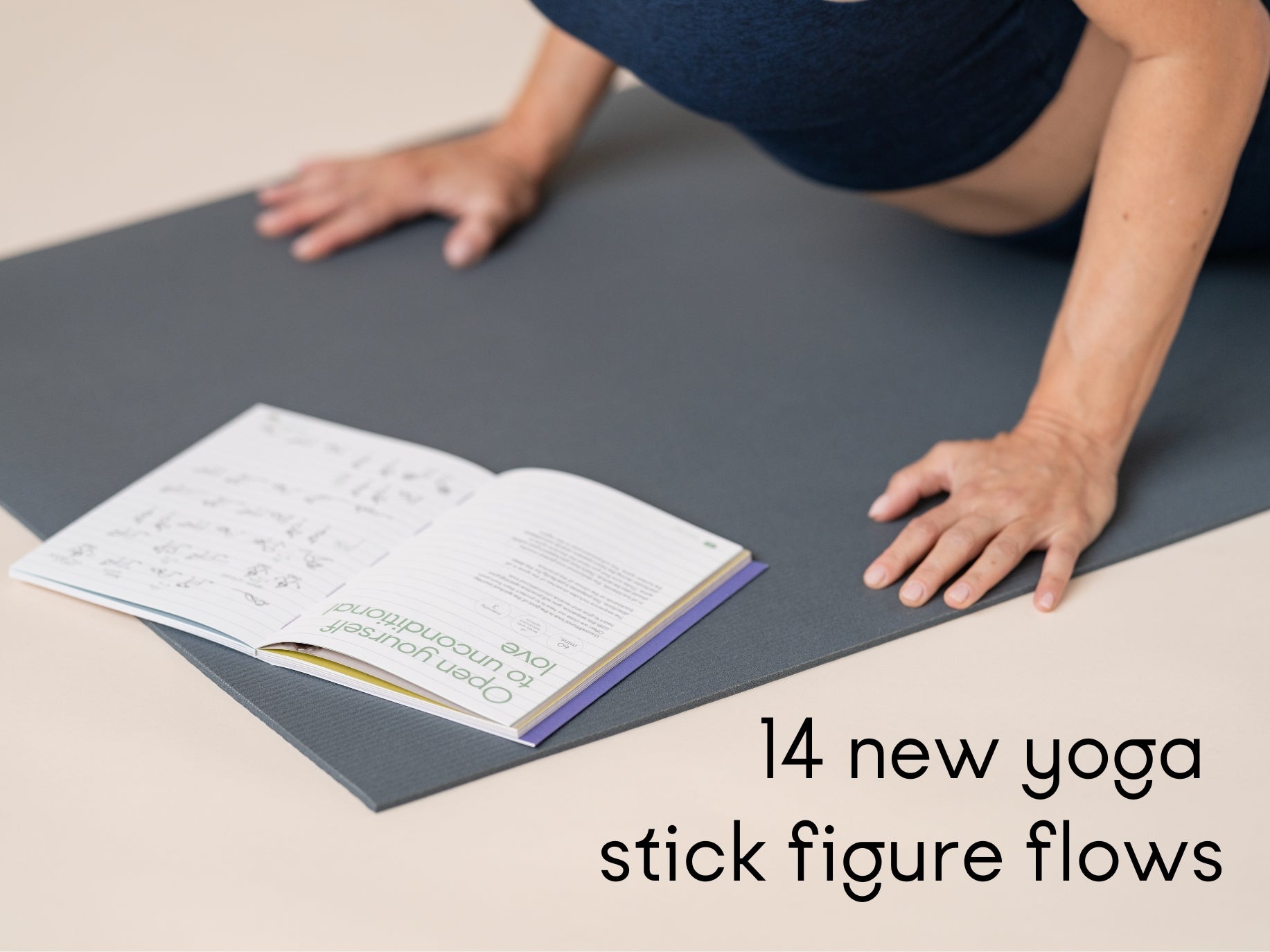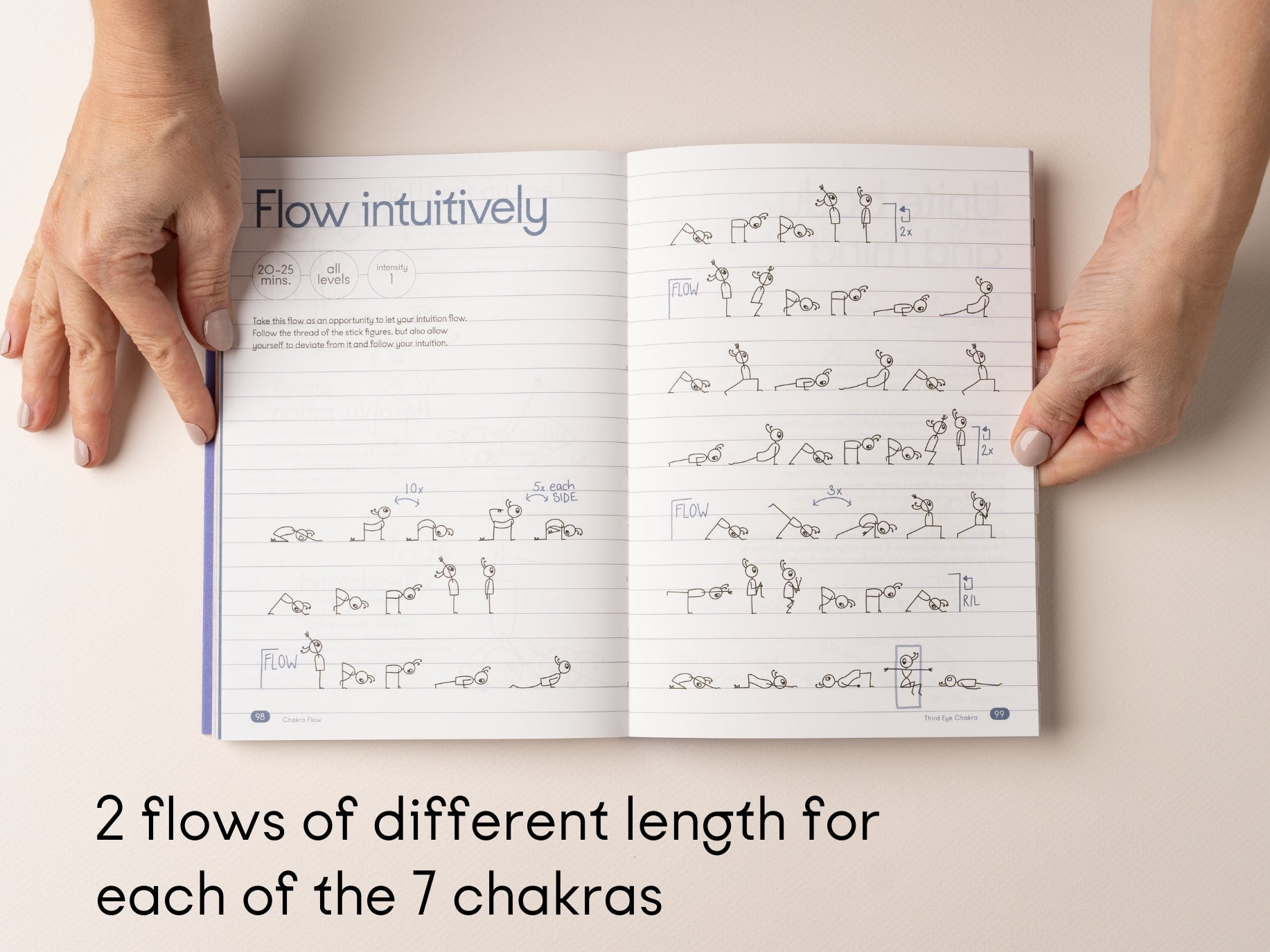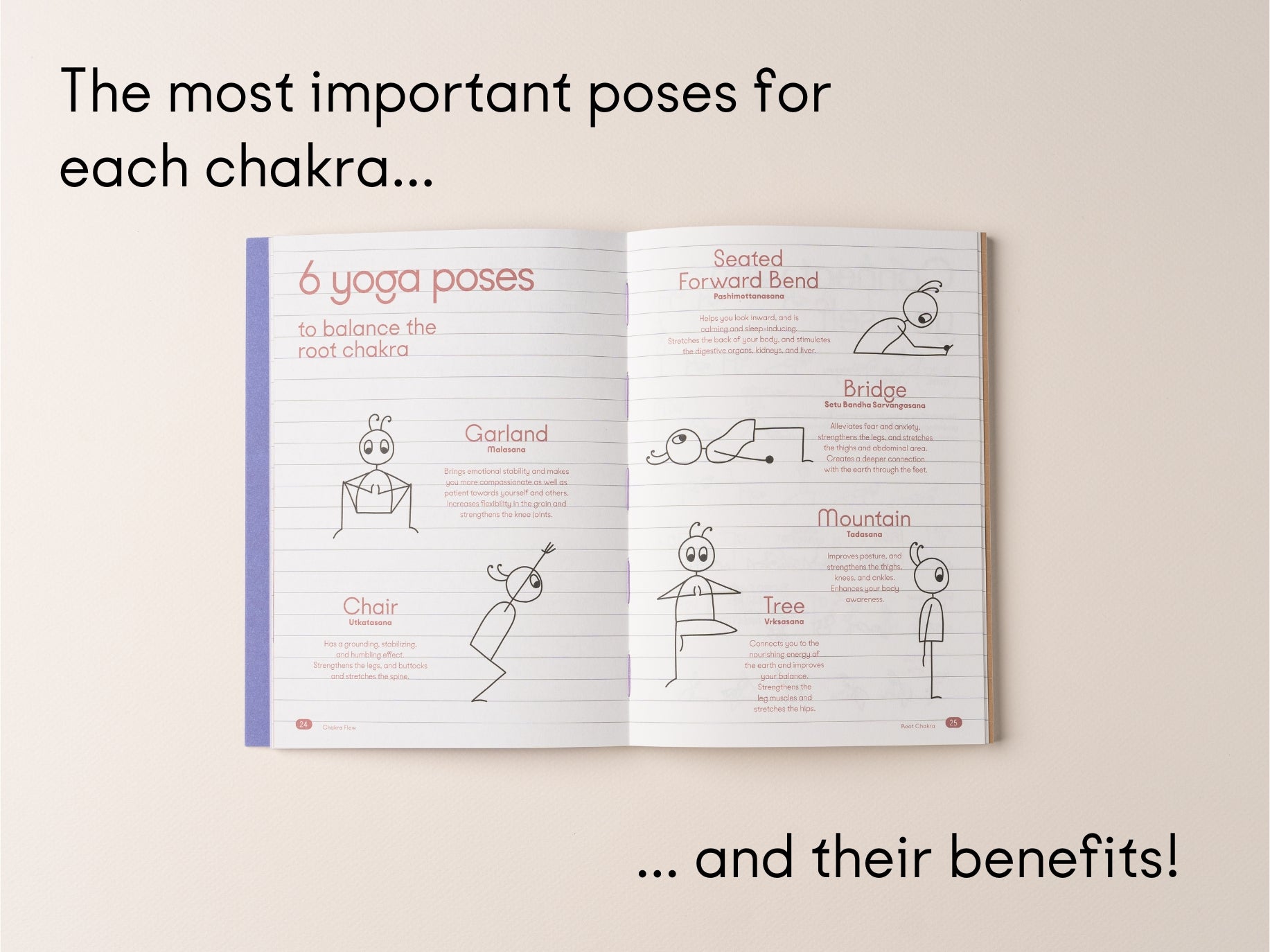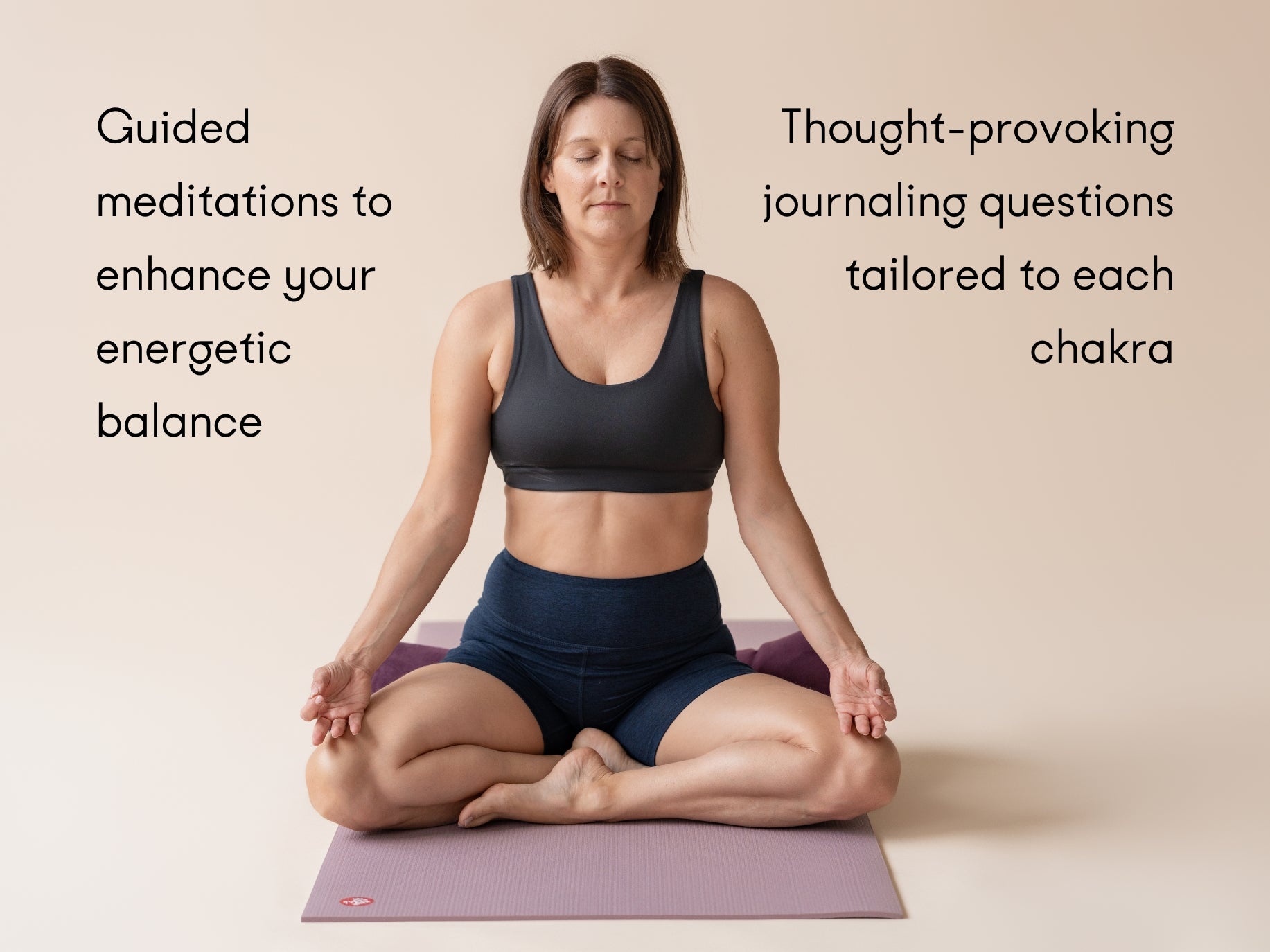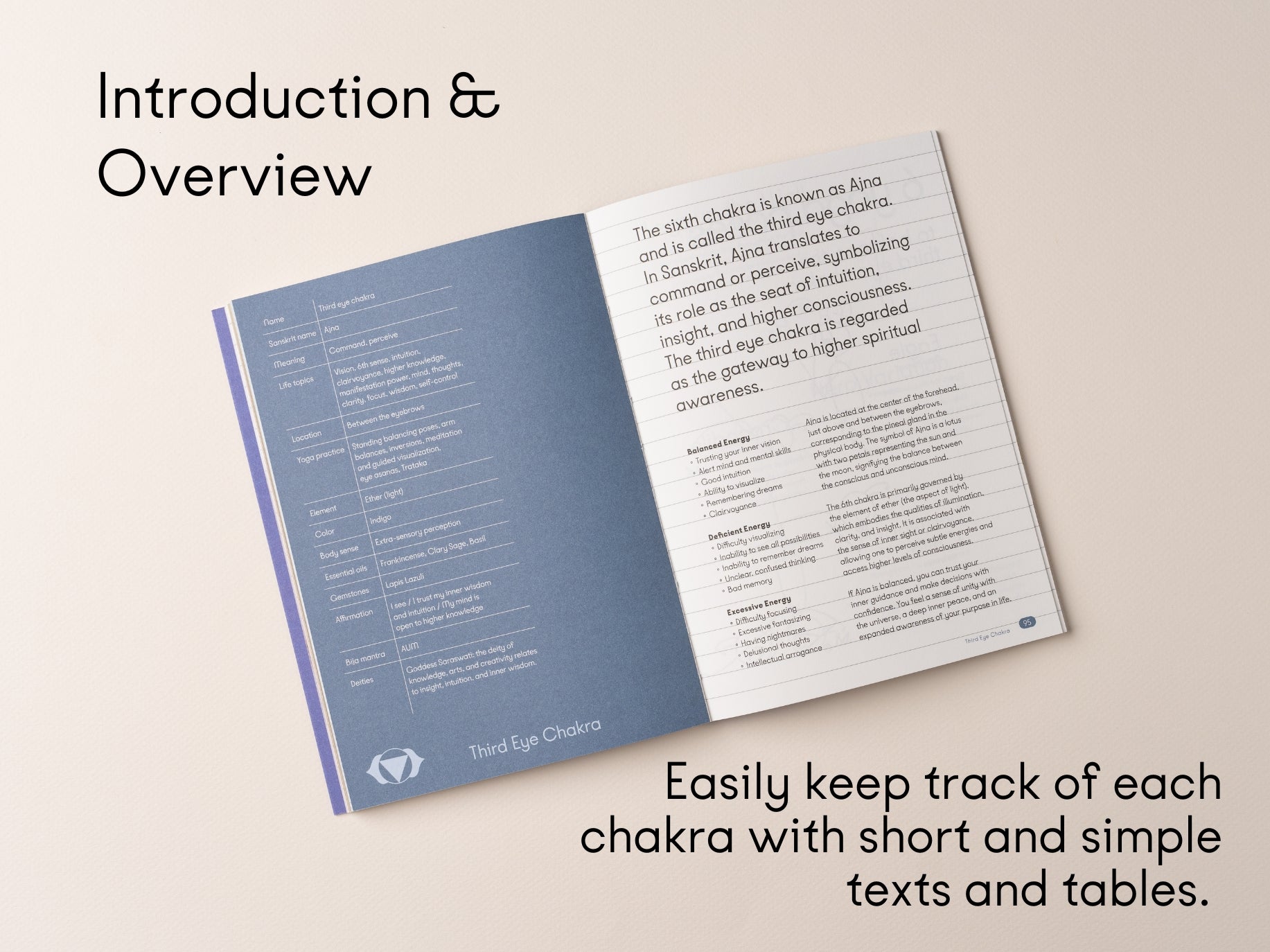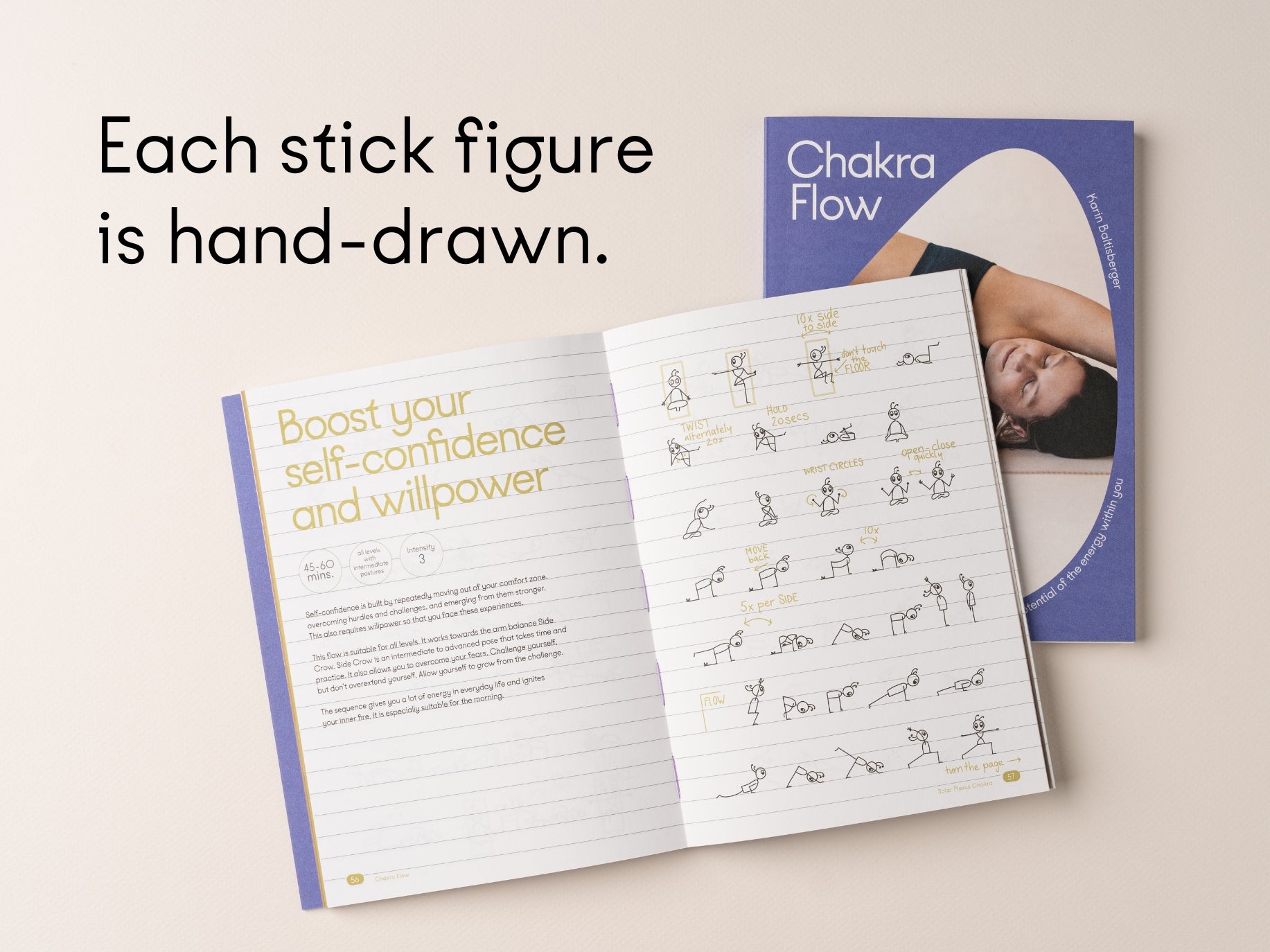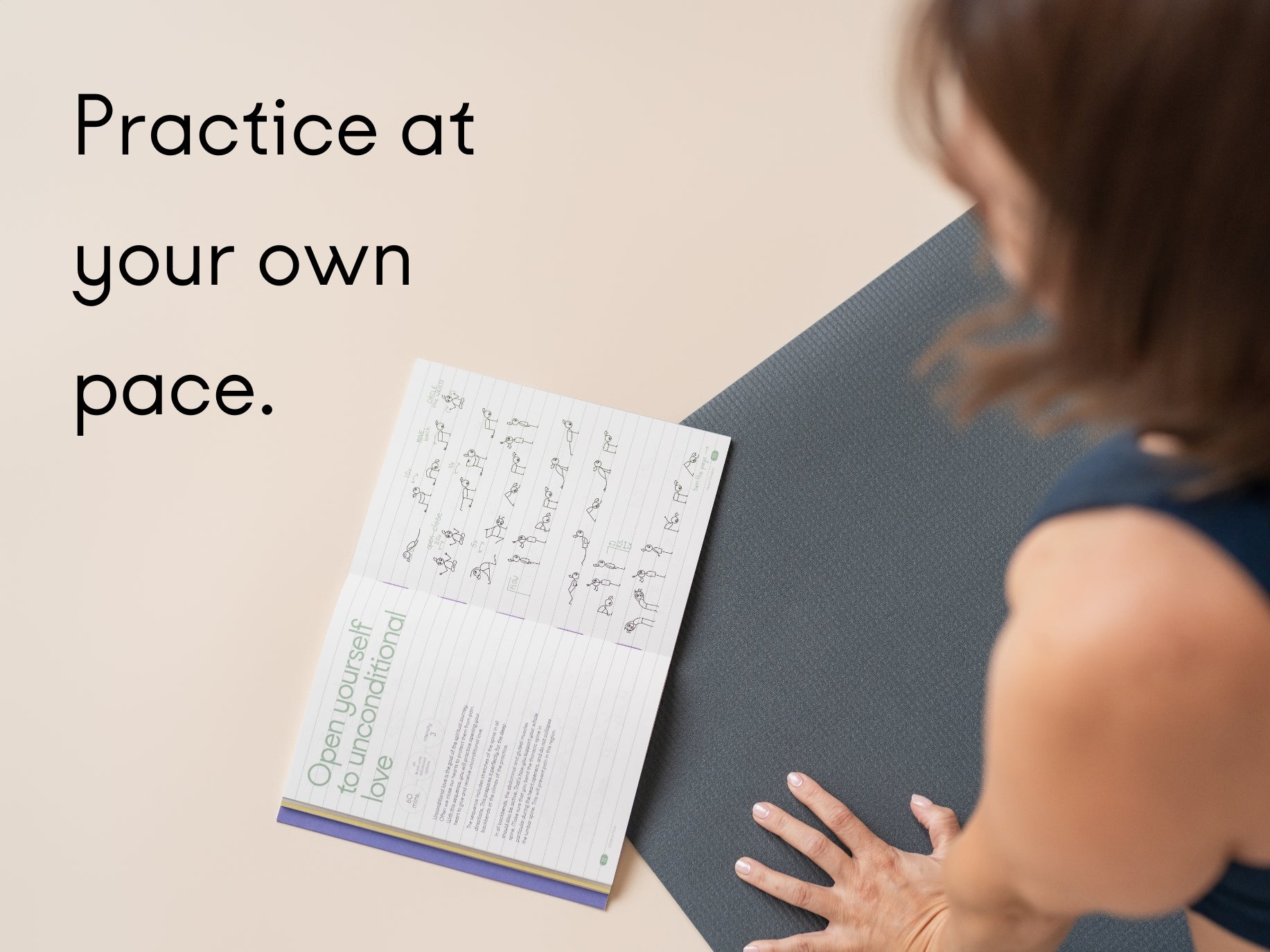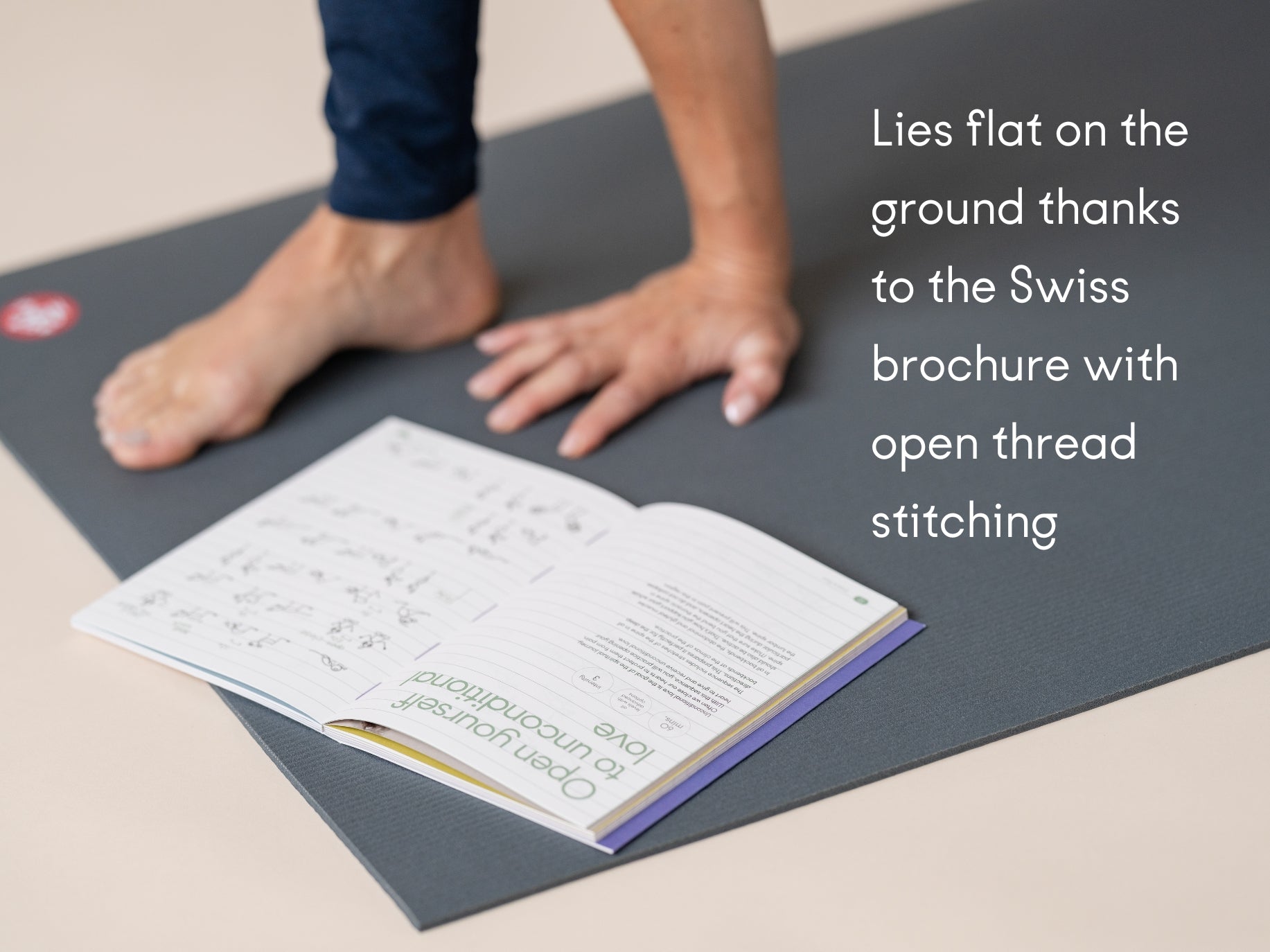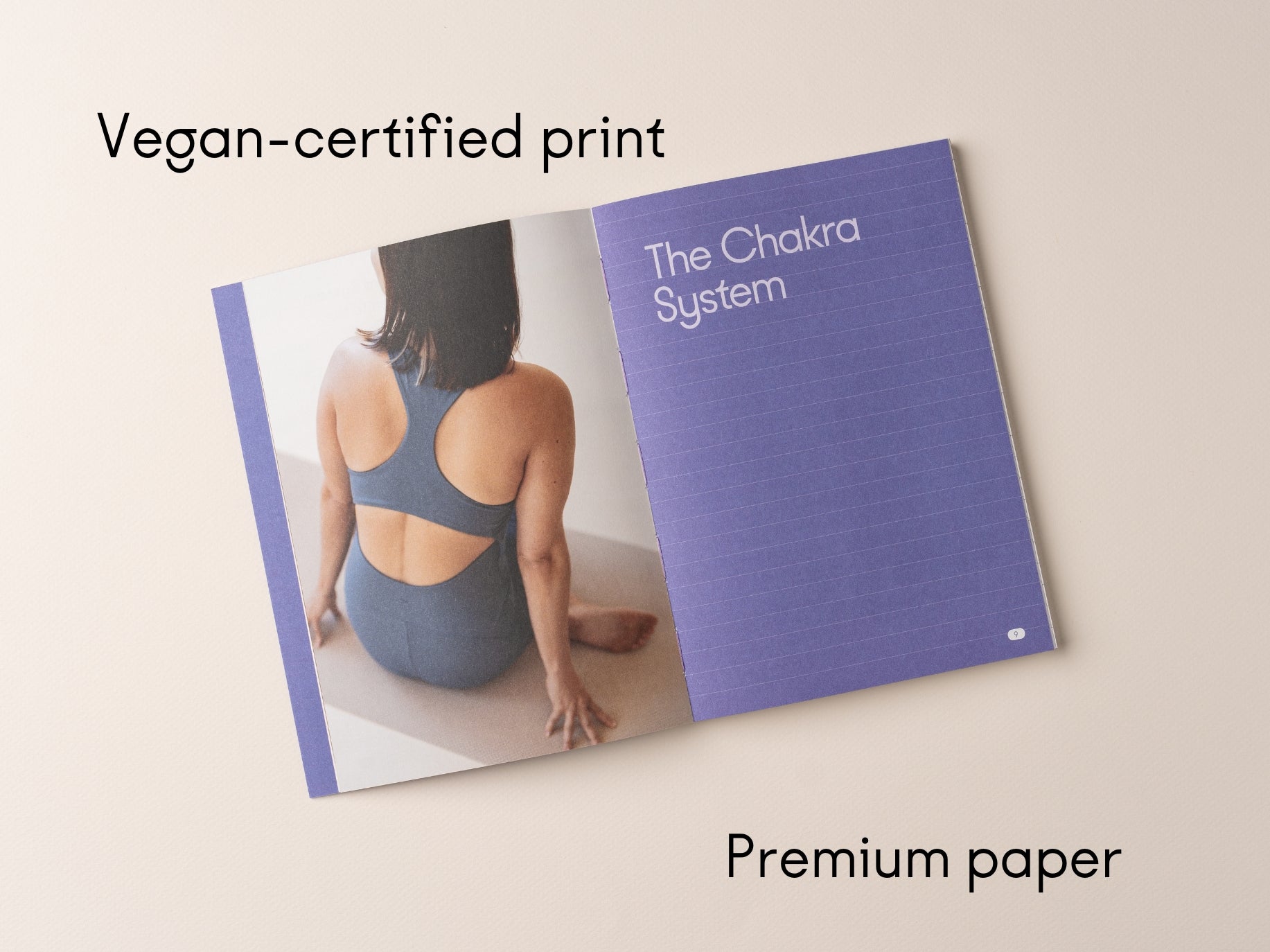Yoga is more than just a workout; it’s a journey towards balance, flexibility, and mindfulness. A crucial companion on this journey is your yoga mat. With countless options available, choosing the right mat can be overwhelming. Here are five key factors to consider when purchasing a yoga mat to ensure it supports your practice and enhances your experience.
Get 15% off Manduka's yoga mats and yoga gear with Karin's code: KARINYOGAJOURNALING
1. Thickness and Cushioning
The thickness of your yoga mat plays a significant role in the comfort and stability of your practice. Mats generally range from 1/16 inch (about 1.5 mm) to 1/2 inch (about 12.7 mm). Here’s a quick guide:
-
Thin Mats (1/16 inch or about 1.5 mm): These are ideal for travel as they are lightweight and easy to fold. However, they offer minimal cushioning, which might be uncomfortable for poses requiring knee or elbow support.
Karin's recommendation: eKo Travel Mat (1.5 mm) by Manduka -
Standard Mats (1/6 inch or about 4 mm): The most common thickness, providing a balance of comfort and stability. They are suitable for most practices and offer enough cushioning for joints while maintaining a firm connection to the floor.
Karin's recommendation: eKO Lite Yoga Mat (4mm) by Manduka -
Thick Mats (1/4 inch or about 6 mm): Great for those who prefer more cushioning, such as practitioners of restorative yoga. They provide extra support but may compromise stability in balance poses.
Karin's recommendation: The Pro Mat (6mm) by Manduka
2. Material and Durability
Yoga mats are made from various materials, each with its benefits and drawbacks:
- PVC (Polyvinyl Chloride): Durable and offers excellent grip. However, it is not eco-friendly and can release toxins over time.
- TPE (Thermoplastic Elastomer): More environmentally friendly than PVC, offering good durability and grip. TPE mats are often lightweight and recyclable.
- Natural Rubber: Biodegradable and provides excellent grip and cushioning. Suitable for those seeking an eco-friendly option. Manduka yoga mats are made of natural rubber.
- Cotton/Jute: These mats are natural and eco-friendly. They offer a different texture and grip experience, often favored for their breathability and natural feel. Manduka offers a yoga shala rug that is made of reclaimed fabric.
3. Texture and Grip
The texture of your yoga mat affects traction and your overall stability during practice. Consider the following:
- Smooth Mats: Often made from PVC, these mats can be slippery when wet but provide a smooth, even surface.
- Textured Mats: Offer better grip and are less likely to cause slipping, even during sweaty sessions. Textures can range from subtle patterns to raised ridges, depending on the material.
Grip is especially important for practices like Vinyasa or Ashtanga yoga, where maintaining poses without slipping is crucial. Testing a mat’s grip by holding a downward dog pose can help you determine if it meets your needs.
4. Size and Portability
Standard yoga mats are about 68 inches (173 cm) long and 24 inches (61 cm) wide, but taller practitioners may require longer mats. Consider the following:
- Length: Ensure the mat is long enough to comfortably accommodate your height, allowing you to lie down and stretch fully. Longer mats can be found in lengths up to 84 inches (213 cm).
- Width: While 24 inches (61 cm) is standard, wider mats, such as those 26-28 inches (66-71 cm) wide, can offer more space for movement.
- Weight: If you plan to carry your mat to classes or while traveling, consider its weight. Lightweight mats are easier to transport but may offer less cushioning and durability.
The Manduka Pro Yoga Mat is larger than a standard yoga mat. It is also a little heavier and therefore perfect for your home practice.
5. Eco-Friendliness and Sustainability
For environmentally conscious yogis, the sustainability of the mat is a significant factor. Look for mats made from natural or recycled materials, such as natural rubber, organic cotton, or jute. Additionally, check for certifications, which ensures the mat is free from harmful chemicals.
Choosing an eco-friendly mat not only benefits the planet but also often means you are using a product free from harmful substances, making it a healthier choice for your practice.
All Manduka mats are made eco-friendly and free from harmful substances.
Selecting the right yoga mat is a personal decision that depends on your specific needs, practice style, and values. By considering the thickness, material, texture, size, and eco-friendliness, you can find a mat that enhances your practice and aligns with your lifestyle. Investing in a quality yoga mat can make a significant difference in your comfort, stability, and overall yoga experience, supporting you on your journey towards greater well-being and mindfulness.
Get 15% off Manduka's yoga mats and yoga gear with Karin's code: KARINYOGAJOURNALING

